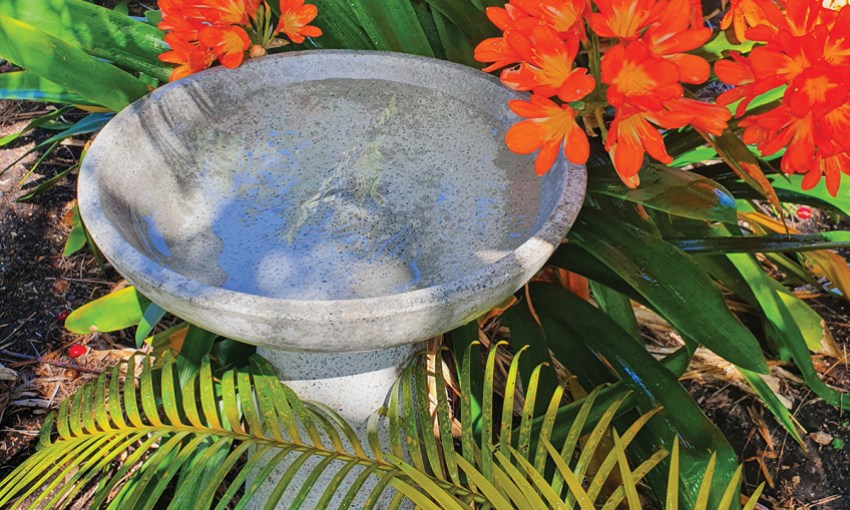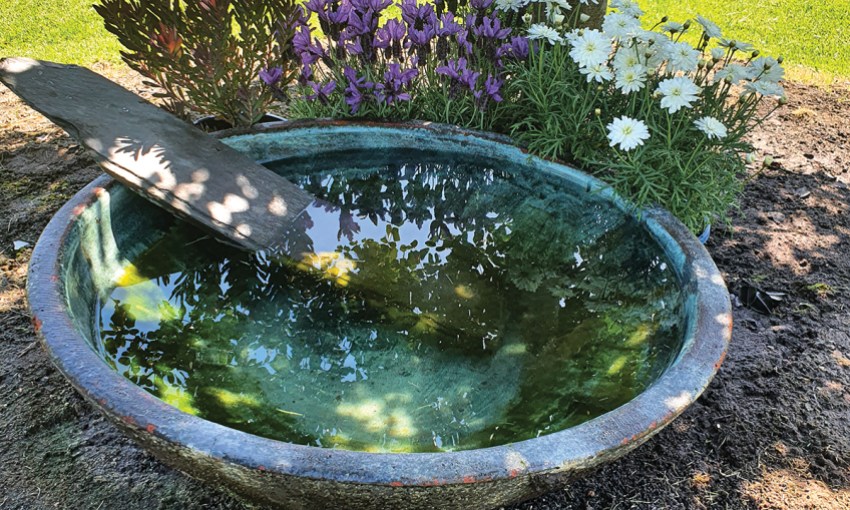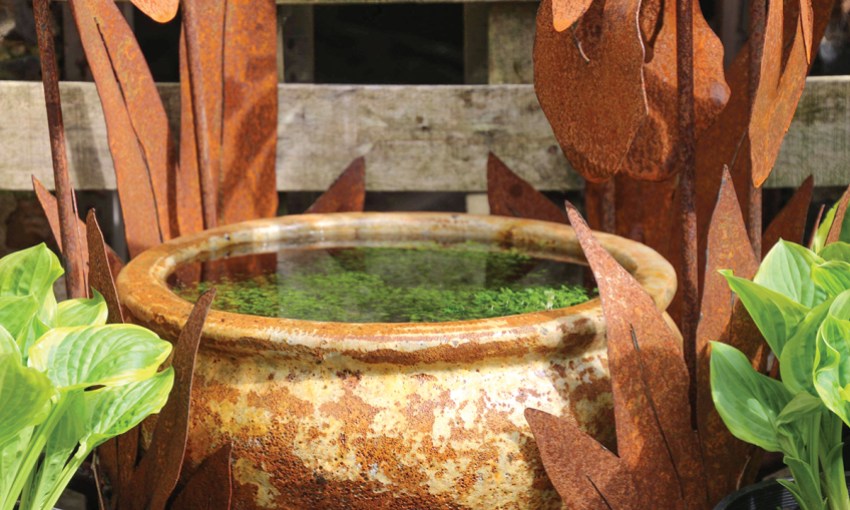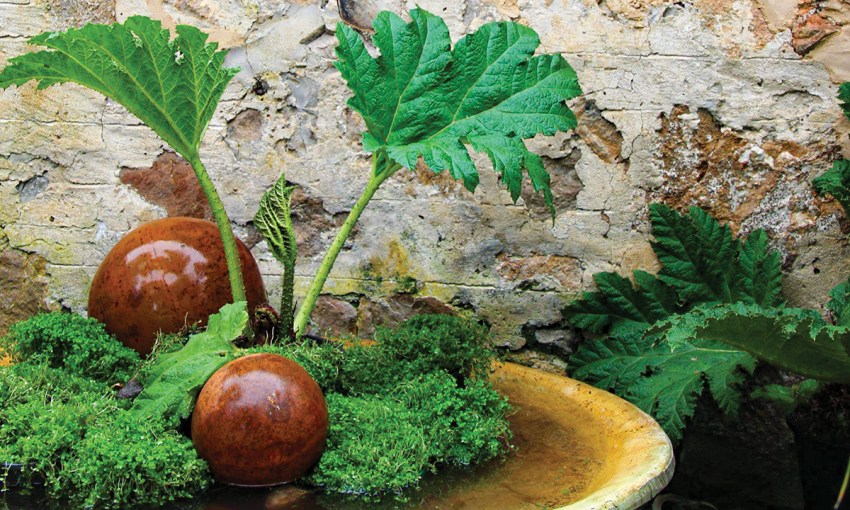The benefits of water gardens go far beyond their beauty; they add a cooling, fresh focus to any garden, which is why they’ve been so popular through the ages.
How’s the serenity?
Water gardens originated in ancient Egypt and have remained popular to this day. Not only do they add a splendid aesthetic, they are also an important facet of garden design: just look at the gardens of Morocco, famous for their cooling fountains, pools and decorative tiles.
The Persian Garden was conceived to symbolise the garden of Eden and the elements of sky, earth, water and life, playing an integral role in irrigation and ornamentation. There is also much to be learnt from Japanese water gardens, which emulate the beauty of the natural landscape in a confined space. The reflective properties of water are harnessed to create a panorama inspired by flowing rivers, lakes and surrounds.

Why consider adding a water feature to your outdoor space?
A habitat for wildlife:
Think The Wind in the Willows. A water garden will provide a habitat for native wildlife including bees and butterflies, crucial to pollination, as well as other insects, birds, lizards and frogs. You can also add another element of interest and throw in some fish.
Create a serene oasis:
Not only is a water garden an expression of creativity and a source of joy, it will also help create a more relaxing atmosphere and make your yard cooler and calmer. The serene sound of bubbling water is both peaceful and therapeutic which is beneficial for mental health and stress levels.
Water adds a dramatic and vibrant beauty:
The ever-changing reflection of light, flickering shade and dynamic movement – think impressionist painter Claude Monet and his water lilies.
There are many ways to add a water element to any garden; anything that can hold water, small or large, can contain a
water garden. You are only limited by your own creativity.

Why not try:
Containers
Containers are available in a range of sizes, with small ones suitable to be placed on a table top or on top of tree stumps, with larger ones better on the ground. Any holes can be plugged with aqua knead and a waterproof sealant applied particularly on porous terracotta. Avoid plastic that can leech chemicals and anything that might heat up too much. Other DIY ideas include an old bath tub or wine barrel-lined with pond-liner.
Bird baths
There are a huge range of beautiful bird baths and water bowls available for every situation. Wide and shallow is best as birds need somewhere to perch. Place them underneath a shady tree or next to a native flowering shrub to give the small birds some nectar and a quick place to hide. You could use the top only, placed on the ground with stones or a log half in the water to create a shallower dish area suitable for small insects and lizards.
Fountains
There is a fountain to suit any style and size of garden. Try a wall or table-top fountain where space is limited. A fountain can add an element of movement without the need for an actual waterfall, stream or pond, particularly if you have young children or limited space. A solar-powered recirculating pump or bubbler is a smart choice eliminating the need for a power source or messy power cords.
Moving water is not only pleasing to the eye, but the gentle bubbling sound is also extremely relaxing to the human mind. Furthermore, moving water provides oxygenation to help prevent algae and avoid stagnation. Moving water has also been shown to release negatively charged ions that help boost serotonin and energy and alleviate depression and reduce stress.

Placement
Make sure the container is placed on a solid, level surface. Bear in mind that most water plants, particularly the flowering ones, need a minimum of six hours of direct sunlight.
Diversify
For the plant enthusiast, a water garden also provides an opportunity to expand the range of plants in your garden. Everything from deep aquatic plants such as water lilies and floating plants to bog plants and other moisture-loving varieties that can soften the edges of a pond or water feature. Utilise plants with contrasting heights, leaf form and colours to create your own watery canvas.
Edibles
Anyone who has had an Asian stir fry has eaten edible water plants such as taro, water spinach, watercress, lotus, Vietnamese mint or sorrel. The number of plants used are limited by container size. Even a tiny container can still host some floating water lettuce.
Plants are an intricate part of a water garden ecosystem. Control algae by covering at least 40 per cent of the water’s surface with plants to reduce sunlight and likelihood of algae blooms. Plants provide a sunscreen for fish and a home and hiding space from predators for frogs, insects, and snails. Aquatic plants are nature’s filter, improving water quality by removing excess nutrients and releasing oxygen.
At Karkoo we love water plants and think that everyone should have a water garden no matter how large or small your garden is. For any advice, products and plants please see our friendly Karkoo team at our Blackwood or Oakbank nursery.
This article first appeared in the SAG Summer 2022 issue of SALIFE Gardens and outdoor living magazine.



